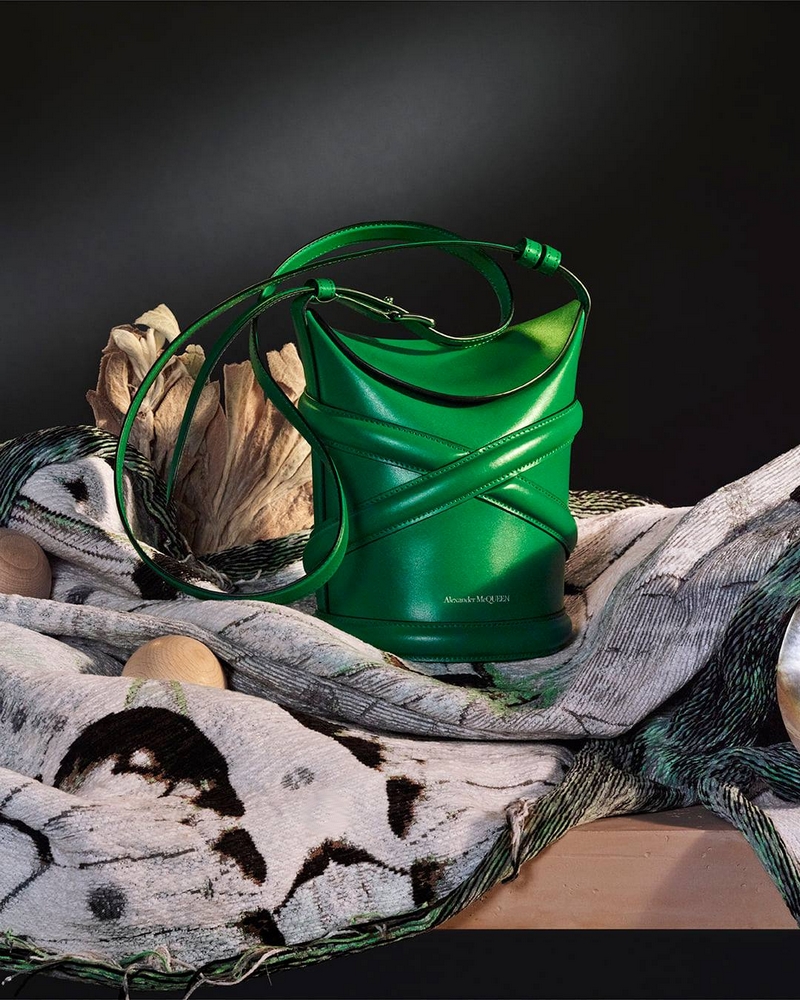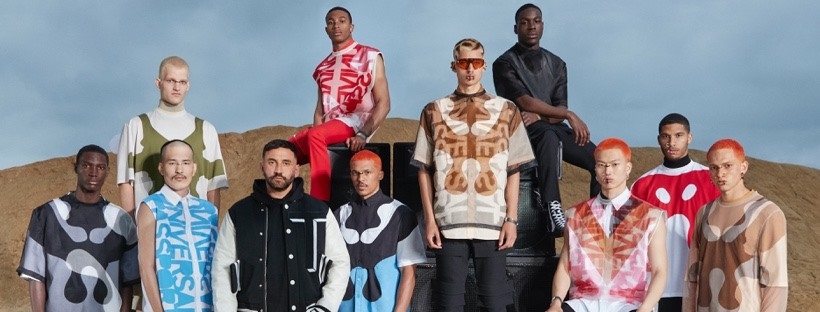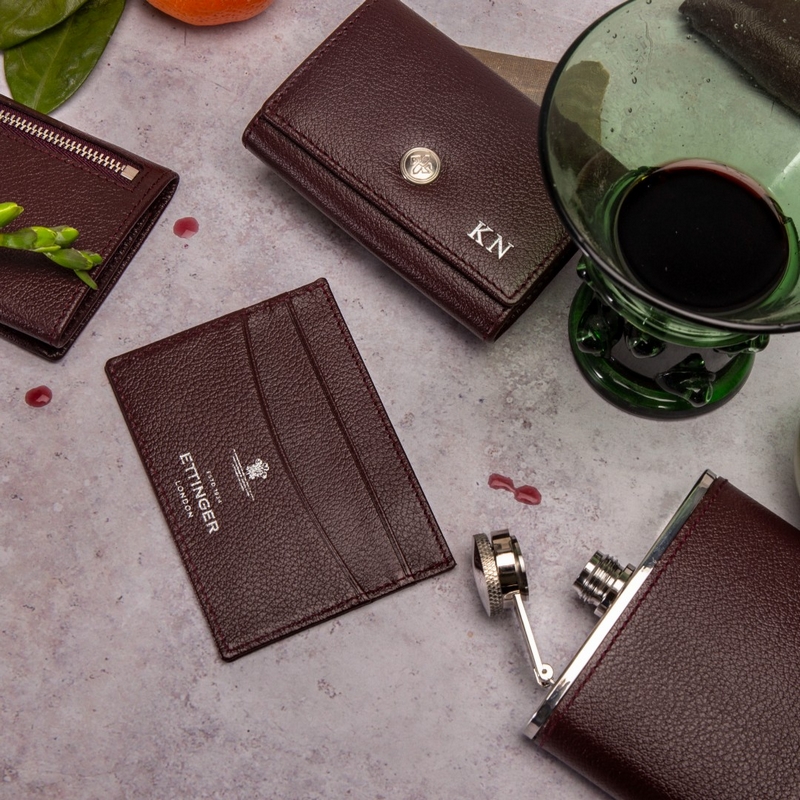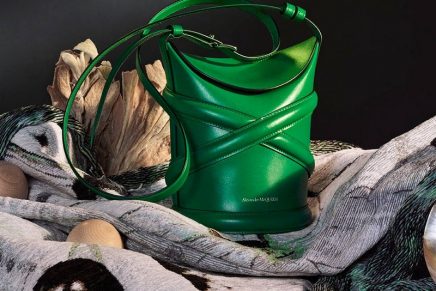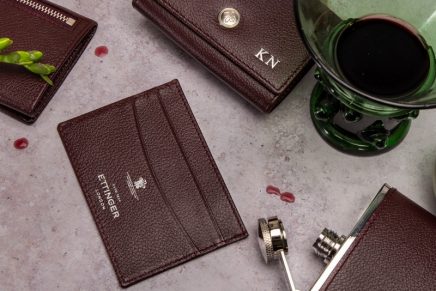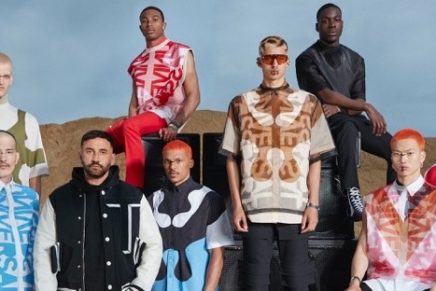British Luxury Sustainability Report: Walpole’s Tips for Communicating Luxury Brands Sustainability Strategies.
Sustainability is increasingly a part of conversations with investors, business customers and consumers. A significant opportunity exists for luxury businesses of all sizes to build brand loyalty by engaging consumers with their sustainability stories. In particular, with consumer trust in smaller brands on the increase, there is a real impetus for small brands to articulate the social and environmental benefits of their products. However, moving beyond business and investor communications to share simple, inspiring stories of business endeavours on sustainability can be an uphill struggle, says The Walpole, UK’s official luxury body representing 270 of the UK’s finest brands and a sector worth £48 billion to the economy.
“Walpole members are walking a fine line between over-simplifying complex, interrelated issues and risking alienating consumers with information overload or perceived ‘greenwashing’. Despite their best efforts to drive transformative change, the question of how to communicate progress in a way that engages consumers and other stakeholders in the journey often remains a mystery.” – The Walpole.
Here are some top tips for success, shared by The Walpole:
- KNOW YOUR PURPOSE – Determine your purpose and define key messages that summarise the essence of what you aim to achieve and why, firstly communicating on it internally before deciding how best to communicate purpose-led work to consumers.
- UNDERSTAND YOUR AUDIENCE – Gauge different audiences’ levels of understanding on sustainability issues, opting for straightforward, jargon-free terminology and getting to the heart of what consumers understand by sustainability.
- MONITOR CONSUMER CONCERNS AND HELP PEOPLE GAIN A CLEAR CONSCIENCE – Constantly monitor which issues consumers care about (from plastic to palm oil to energy use), and make sure you cover all aspects of the basic information the consumer wants to know on these topics.
- BE HUMBLE YET AMBITIOUS, SHARE TRANSPARENTLY – Communicate your challenges in a humble and open way, while sharing a sense of ambition and progress. Highlight to consumers that you are on a journey and don’t be afraid to admit that you’re not perfect and there is still work to do. Provide an accurate yet balanced and concise view of the challenges. Be clear about the choices you’ve made, the compromises they entail, and the benefits of the option you’ve chosen.
- COLLABORATE WITH COMMUNICATIONS TEAMS – Stay in close contact with communications teams in order to create an ongoing dialogue around progress and identify interesting stories. This can be invaluable in proactively sharing good work and challenges, helping to avoid the risk of NGOs or activist criticisms.
- LET PEOPLE KNOW WHERE LUXURY SHINES – Don’t be afraid to let people know where luxury already has the edge in sustainability and the circular economy, particularly in terms of quality, craftsmanship, durability and aftercare services.
- TELL ENGAGING STORIES – Everyone enjoys a good story with a human angle and tales of epic journeys with obstacles addressed and overcome. Seek out the most compelling stories behind your products, explore what your competitors are doing and identify untold stories that will help you stand out in the marketplace. Share the social and environmental benefits of your products in an inspiring way, focusing on examples of how your products benefit people from organic farmers to artisan miners.
- STAR QUALITY – Centre stories around flagship projects, hotels or products with outstanding sustainability credentials, while increasingly ensuring that sustainability is integrated across your product/service offering.
- UNPICK THE MYTHS – Cut through the confusion by helping consumers to understand exactly what terms like ‘organic’ mean. Compiling online glossaries or product scorecards/labels could be useful here (ideally sector wide). If your product isn’t certified organic, for example, translate its credentials simply and honestly, e.g. JING Teas uses the phrase ‘Made without pesticides’.
- ENGAGE POSITIVELY AND PROACTIVELY WITH THE MEDIA – Invite interviews with journalists, making sure to prepare robust Q&As for any company spokespeople, and prepare credible, transparent key messages and proof points in advance. Work with journalists who are passionate about creating a true understanding of sustainability, so they can help to educate consumers so they can make their own choices.
- MAKE IT RELATABLE – Find equivalents that help to give a more visual or understandable idea of your progress and enable people to translate the gains to their daily lives, from swimming pools of water in cars taken off the road, or how many times you can charge your smartphone etc.
- The luxury industry sector is also about fun and frivolity, so contribute to people’MAKE IT DESIRABLEs dreams with a little magic… make sustainability desirable, part of an aspirational lifestyle, engage role models and brand ambassadors. Show that there’s no trade-off in aesthetic or luxury quality.
- FIND THE SWEET SPOT – Identify the right balance between over-simplifying and over-complicating the issues.
- INTEGRATE SUSTAINABILITY IN BRAND COMMUNICATIONS – Include a sustainability angle within every press release, feature and news story; compile sustainability editions of your newsletter or magazine, ensure there are always sustainability news and views, thought pieces etc.
- HOOK INTO TOPICAL EVENTS – Make sure you have a story to tell linked to key dates in the sustainability calendar, including World Environment Day and Earth Day.
- LAUNCH CREDIBLE, COMPELLING CAMPAIGNS – Encapsulate all your key strategic sustainability efforts within campaigns that tell the story of your progress and achievements. Integrate sustainability stories within stores and visual displays.
- KEEP IT REAL – If a big launch or major campaign doesn’t feel like that right fit for you on your sustainability journey, communicate on the areas where you do have robust, credible gains to communicate. In every case, back up statements and stories with facts.

